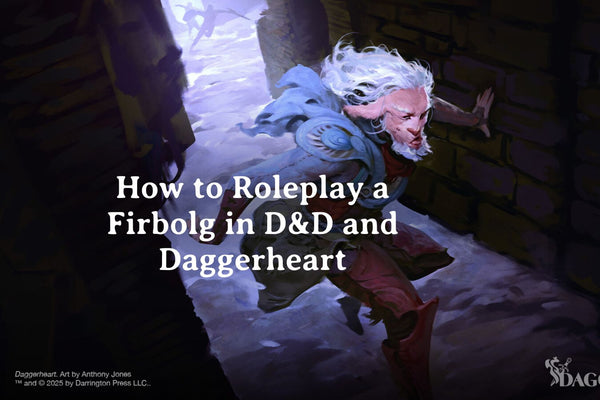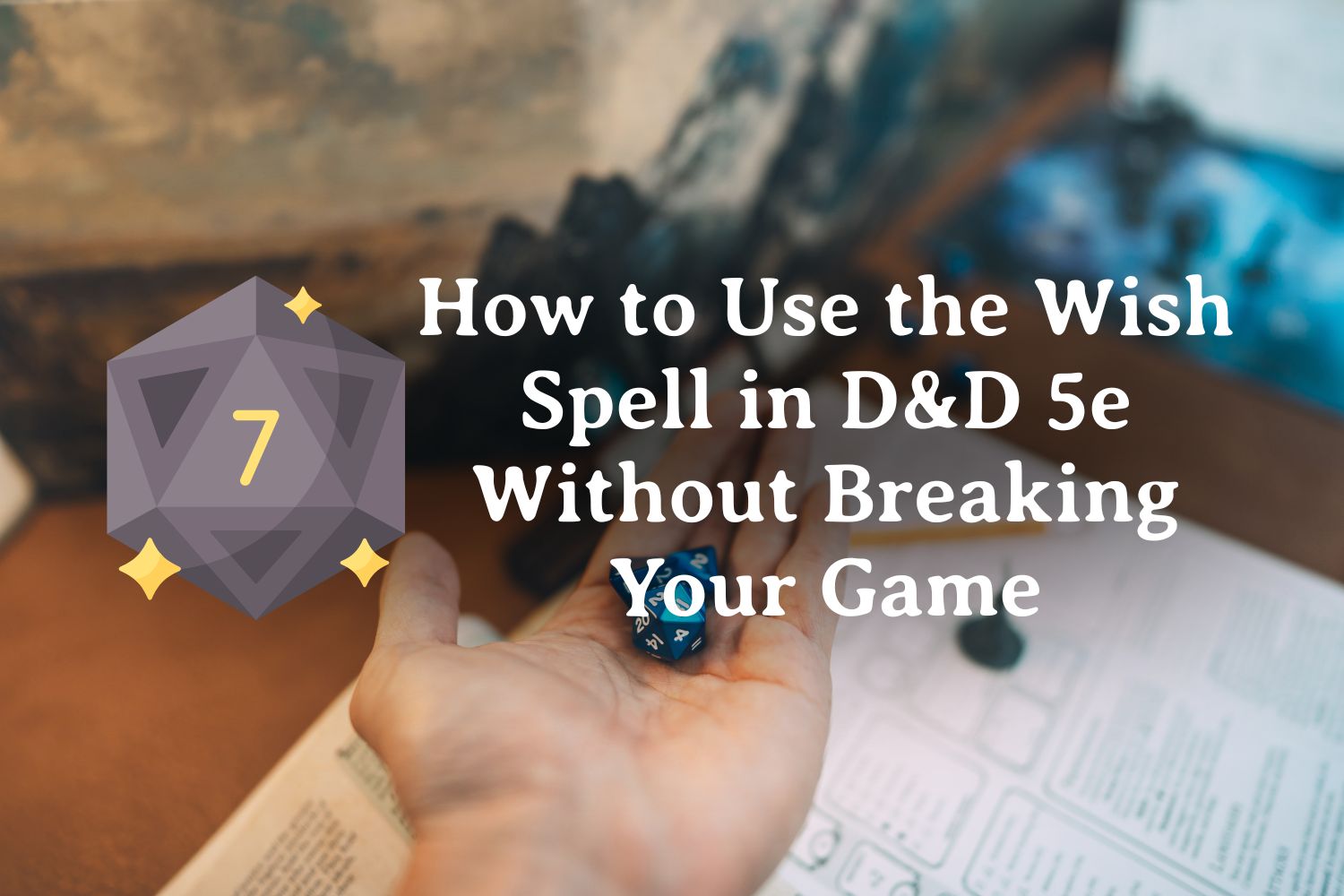


In Dungeons & Dragons 5e, few things spark more excitement—or fear—than the legendary Wish spell. As the most powerful spell in the game, it can reshape reality, rewrite history, and potentially break your entire campaign if not handled carefully. Whether you're a player reaching the heights of magical power or a Dungeon Master preparing for the inevitable, understanding Wish is key to maintaining fun and balance at the table.
Let’s dive into what Wish really does in 5e, how to use it responsibly, and some tips for players and DMs alike. Along the way, we’ll also highlight a few tools from our shop that can help you stay organized when magic starts to get wild.

The core use of Wish allows a caster to duplicate any spell of 8th level or lower—no material components required. That alone makes it incredibly powerful. But that’s just scratching the surface. Wish also allows you to request just about anything: resurrecting the dead, creating magic items, transporting your party across planes, or even altering the fabric of the world itself.
The rules say that anything beyond duplicating a spell is up to the Dungeon Master. That means if your request is too vague or too powerful, the DM might twist it, limit it, or impose long-term consequences. It’s not just about power—it’s about how you use it.
To track complicated spellcasting and magical effects, we recommend using the Record of Adventure 5e Campaign Journal — a robust physical notebook with dedicated space for spells, character development, and campaign events. You can find it here:
https://minvarpg.com/products/record-of-adventure-5e-campaign-journal

Running a game where Wish is on the table means being prepared for anything. Here are some ways to manage the chaos without stifling creativity.
The Session Log Journal is perfect for this. With 80+ pages for session summaries, character notes, and plot tracking, it’s ideal for both DMs and players to stay on top of campaign developments. Check it out here:
https://minvarpg.com/products/adventure-log-session-notes-journal-for-ttrpgs
Safe Examples:
Risky Examples:
Wish is often used as a storytelling device more than a combat tactic. Encourage your players to use it for epic narrative moments—rescuing a lost love, reversing a world-ending event, or bargaining with a god—rather than just instant win buttons.
f your campaign includes epic storylines, god-tier spells, and high-level planning, we highly recommend our Lorekeeper 5e Notion Template. It’s a digital tool built for worldbuilding, session tracking, character arcs, and keeping deep lore organized. Especially useful if Wish causes major shifts in your setting.
Get the Lorekeeper here:
https://minvarpg.com/products/lorekeeper-5e-notion-template
Pair it with your physical journals for the ultimate hybrid setup: brainstorm digitally, record in session by hand.
The Wish spell in Dungeons & Dragons 5e isn’t just a power play—it’s a chance to reshape the story in unforgettable ways. When used thoughtfully, it creates some of the most memorable moments in a campaign. When used recklessly, it can spiral into chaos.
For players, it’s about clarity and collaboration. For DMs, it’s about managing impact without killing creativity. And for everyone, staying organized is key to making sure the story remains immersive and balanced.
Whether you’re preparing to cast Wish or just want to be ready for when someone does, Minva has the tools to keep your table running smoothly. Explore our full collection of TTRPG accessories and journals at minvarpg.com and level up your game—without needing a 9th-level spell.
Disclosure: This article may contain affiliate links. If you purchase products through one of our links, we may earn a small commission at no extra cost to you. Thanks for supporting MinvaRPG!